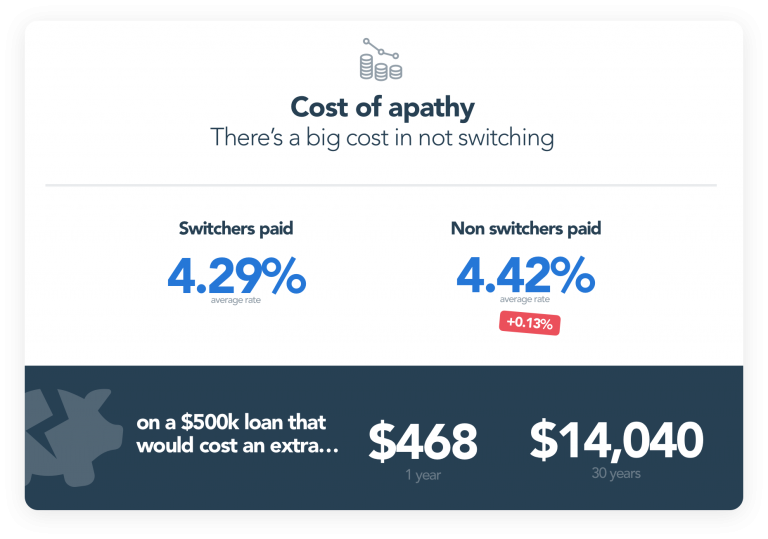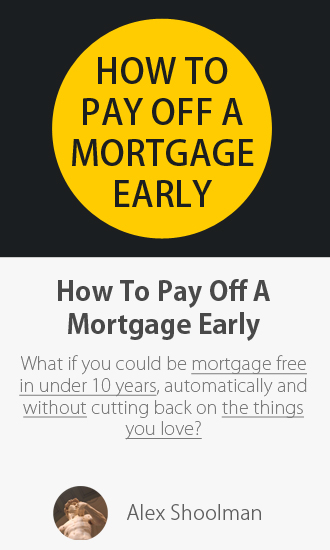Shopping for your first home is exciting, exhausting, challenging and scary all at the same time. Your want to unlock the door to home ownership and at a price you can afford. Unfortunately, a lot of people make the wrong decisions which prevents them from achieving this goal.
A home purchase has challenges that go beyond interior features and curb appeal, not to mention the location and financing. Hence, we’re going to cover a few first steps that you have to take to avoid costly mistakes and regrets in the future.
Table of Contents
Figure Out How Much You Can Afford
Your goal as a first-time home buyer is to purchase your dream house and get a loan with a comfortable monthly payment. Therefore, it’s necessary that you know how much you can afford.
If you don’t do this, you will end up looking for houses that are below your optimal price level or homes that you can’t afford yet. To avoid this mistake, it helps to figure out what price range is affordable for you by using a mortgage calculator and learning about Mortgage Pre-Approval.
Beyond just smashing in the raw numbers though, have a quick read over our other How Much Can I Borrow? piece. This goes into specific details about what “most people” do, why it’s very, very wrong and what the actual best way is when determining how much you can afford.
Consider Other Fees

A lot of home buyers – especially the first-timers – decide to buy when they feel that they are ready for a mortgage. However mortgage payments aren’t the only thing to consider when looking at whether or not you can afford a home.
You have to be aware that there’s much more than just paying a monthly mortgage payment to owning a home. Some of the other costs that need to be considered are property insurance, taxes, rates, maintenance, homeowners association or body corporate fees as well as higher electric, gas and water bills if you’re moving into a bigger house.
Property taxes, property rates, insurance and power rates (as we’re well aware of here in Australia) all also have the tendency to increase every year. So even if you can afford them now, ask yourself if you can still afford the increased costs later.
Making A Small Down Payment
You can have a home even if you can’t make the 20% down payment. In fact, there are loan programs out there that can help you buy a home with 3.5% down or even no down payment at all. It might sound like a good idea… however, according to a survey conducted by NerdWallet, 11% of homeowners under the age of 35 that take up these types of offers have regrets in doing so.
How much to save for your down payment is of course your decision. We’ve covered this again in specific detail under our older post How To Save The Deposit For Your First Home. One of the pros of a bigger down payment is smaller and more affordable mortgage repayments. The cons of saving more money for the down payment is that it takes a lot of time.
Another survey by NerdWallet showed that it took an average of 3.7 years for Americans to save up enough money to buy their first house. I’d wager it’s even longer here in Australia! But although waiting this quite long period of time can be frustrating it’s unfortunately one of the tough realities of life.
Sure, there’s short cuts just like with everything else in life. You can skip some pain now, get a 0% down home loan, possibly get in over your head and instead feel more pain later on. Or you can face the challenge with determination, setup an automatic savings plan and instead focus on having a fun life all while that deposit builds up over 2-3 years automatically.
Emptying Your Savings

Emptying your savings and spending most of it on the closing costs and the down payment is one of the wrong decisions a lot of first-time home buyers make.
Some people scrape all their money together to make the 20% down payment, so they don’t have to pay for mortgage insurance. Though it’s great to have as big a deposit as you can, it can introduce other risks if it’s everything you’ve got.
A previously owned home will inevitably need an unexpected repair. The water heater might need to be replaced or you could need to pay the house insurance deductible if a huge storm happens and causes damage to the house.
Having an emergency fund of $1,000-$2,000 at least is a must, especially for new home owners moving into their first home. To avoid this mistake, make sure that you have enough money for the down payment, closing costs, repairs and moving expenses. Most lenders will give you the estimates of closing costs so just be sure to factor a decent buffer into your calculations.
Getting Just One Rate Quote

Shopping for a mortgage is the same as buying any other expensive item. Mortgage interest rates and additional fees such as closing costs and discount points vary from lender to lender. Always ask for the rate quote and as much info as you can so you can go home and compare it in your own time.
Research from Freddie Mac shows that American borrowers could save up to $1,500 over the life of the loan if they get two rate quote and an average of $3,000 if they get five rate quotes. However, the Consumer Financial Protection Bureau reports that almost half of borrowers aren’t doing this.
In Australia we here at MTM have already been over similar startling statistics as well showing not only just how much you can save by comparing and changing banks, but just how few Aussies do it.
52% of Australians aren’t confident they’ve found the best home loan deal for them
63% haven’t ever refinanced their loan on their current property
Takeaway
History repeats itself. So in order to stop yourself from committing the same mistakes that your friends or relatives have made when they bought their first home, it’s better to ask or do some research.
Read extensively through our First Home Buyers section. Get some financial advice or connect with our recommended mortgage broker Uno. Doing so will help minimise and hopefully prevent big financial issues for your future self. You can have your dream home without compromising your lifestyle, it just requires some careful planning.
The benefits include: 1) How to pay off your mortgage faster than 99% of people with one hour a month of work 2) How to get rid of your debt and have the freedom to spend money on the things you love, guilt free 3) Clear outline of how to setup your expenses, mortgage and general finance 4) How offset accounts work and how to get the same result without being gouged by the big banks 5) How to cut through the crap and focus on the things that truly matter when taking down a mortgage 6) How to adjust the strategy so it works for you, even if you have kids, even if you only have one income 7) How to do all of these things and maintain a normal social life (and never be cheap).


